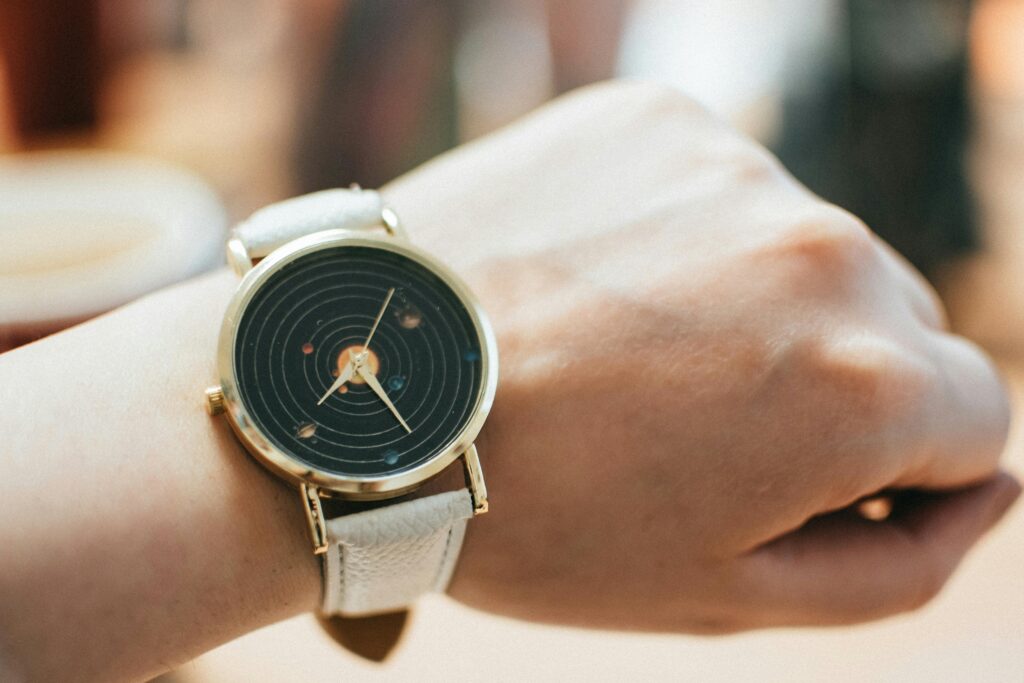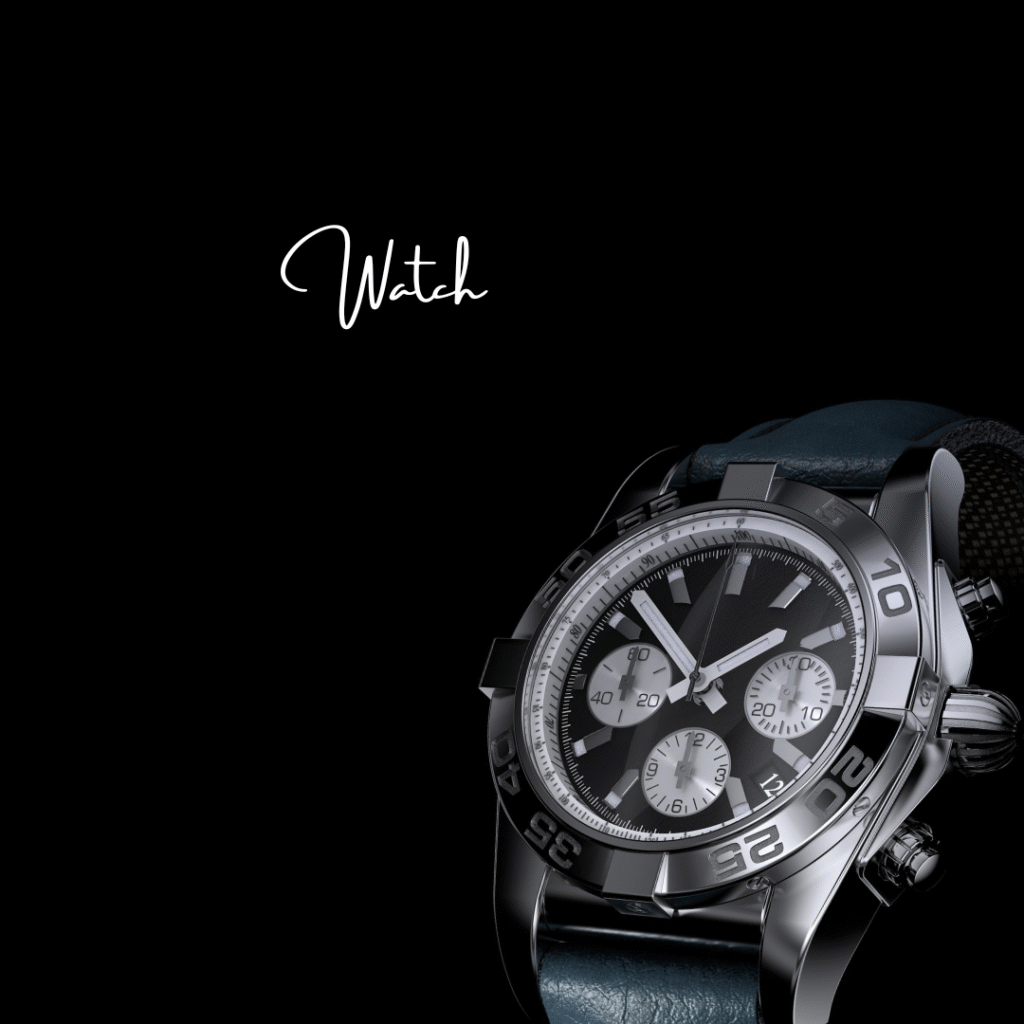More than just timepieces, watches are representations of artistry, creativity, fashion, and occasionally prestige. From simple mechanical devices to complex engineering and design marvels, watchmaking has changed over the centuries. Numerous watch companies have illustrious pasts that add to their current status. Let’s examine the backstories of some of the most recognizable watch companies worldwide.

The Ultimate in Prestige and Accuracy: Rolex
Originally known as “Wilsdorf & Davis,” Rolex was established in London in 1905 by Hans Wilsdorf and Alfred Davis, with a focus on importing Swiss movements for use in watch casings. In 1908, the brand changed its name to Rolex. At a time when pocket timepieces were the norm, Wilsdorf sought to design wristwatches that were both dependable and stylish.Rolex achieved revolutionary advancements in the field. The Official Watch Rating Centre in Bienne, Switzerland, granted the brand the first Swiss Certificate of Chronometric Precision given to a timepiece in 1910. The first waterproof wristwatch case, the Oyster, was released by Rolex in 1926. The firm then transformed automatic watches in 1931 with the invention of the Perpetual rotor, a self-winding mechanism.Rolex watches have come to represent success, adventure, and dependability. They are associated with many historical events, such as Everest expeditions, deep-sea explorations with the Rolex Deep Sea Special, and athletic competitions. Rolex is still associated with elegance and technological prowess today.
Patek Philippe: Haute Horlogerie’s Craftsmen
Antoni Patek and François Czapek founded Patek Philippe in Geneva in 1839. Adrien Philippe, the creator of the keyless winding mechanism, later joined the company. The company immediately gained recognition for producing incredibly intricate and finely detailed timepieces.Long recognized as the pinnacle of watchmaking craftsmanship, Patek Philippe is well-known for its chronographs, minute repeaters, and perpetual calendars. Notable historical individuals, as well as royalty, like Queen Victoria, have favored its timepieces.The development of the Calibre 89 in 1989 to commemorate the brand’s 150th anniversary was one of its historic accomplishments. With 33 intricacies, the Calibre 89 is among the most intricate mechanical timepieces ever produced.Patek Philippe is still family-owned today and prioritizes artistry and heritage. In addition to their accuracy, their watches are valued for their classic style and financial worth.
Omega: The Official Historical Timekeeper
Louis Brandt established Omega in La Chaux-de-Fonds, Switzerland, in 1848. From a modest workshop, Omega expanded to become a major player in the watchmaking industry. When Omega began serving as the official timekeeper of the Olympic Games in 1932, its reputation for accuracy was further solidified.Omega’s contribution to space exploration is likewise well-known. During the Apollo 11 mission in 1969, the Omega Speedmaster became the first watch to be worn on the moon. NASA selected the Speedmaster above other watches after putting it through a thorough testing process to ensure it was accurate, long-lasting, and resistant to harsh environments.Since 1995, Omega’s Seamaster collection has been known for its durability and connection to James Bond movies, which has increased the brand’s appeal.One of Omega’s breakthroughs is the Co-Axial escapement, which was created by George Daniels and used by Omega to improve accuracy and prolong service intervals by lowering friction in movements.

TAG Heuer: The Ultimate Sports Timing Expert
Edouard Heuer established TAG Heuer in Saint-Imier, Switzerland, in 1860, marking the beginning of the company’s history. The rotating pendulum, which Heuer invented in 1887 and is still utilized in chronograph systems today, is one of his many innovations.TAG Heuer became well-known for their accurate timing devices used in sports, aviation, and auto racing. In 1916, the company created the Mikrograph, the first stopwatch with a 1/100th of a second accuracy.Inspired by the perilous Carrera Panamericana auto race, the Heuer Carrera chronograph was first released in the 1960s. After being worn by Steve McQueen in the 1969 movie Le Mans, the Monaco watch gained notoriety.TAG Heuer has effectively combined technological innovation with avant-garde design, focusing on youthful appeal, sports, and performance.
Haute Horlogerie’s Pioneers: Audemars Piguet
Audemars Piguet, a family-run business dedicated to quality watchmaking, was established in the Vallée de Joux, Switzerland, in 1875 by Jules Louis Audemars and Edward Auguste Piguet.The Royal Oak series, which debuted in 1972, is Audemars Piguet’s most famous creation. The Royal Oak, created by Gérald Genta, was the first high-end sports watch in stainless steel. Its octagonal bezel and integrated band are still groundbreaking design features.The company is particularly well-known for its intricate timepieces, which include minute repeaters, tourbillons, and perpetual calendars. Because Audemars Piguet blends creative flair with mechanical brilliance, collectors highly value these timepieces.

The Watchmaker’s Watchmaker: Jaeger-LeCoultre
Antoine LeCoultre founded Jaeger-LeCoultre in Le Sentier, Switzerland, in 1833. In addition to producing more than 1,200 calibers and hundreds of inventions, the business is sometimes referred to as “the watchmaker’s watchmaker” and supplies movements to numerous high-end brands, including Audemars Piguet and Patek Philippe.The Reverso, which was developed in 1931, is among its most well-known inventions. The watch, which was first made for polo players, has a reversible cover to shield the crystal while playing. An iconic piece of design, the Reverso combines Art Deco style with functionality.With incredibly tiny movements, intricate mechanisms, and intricate masterpieces, Jaeger-LeCoultre keeps innovating.
The Aviator’s Choice for Breitling
Léon Breitling established Rolex in Saint-Imier, Switzerland, in 1884. The company became well-known for its accurate timepieces and was a vital supplier of aviation instrumentation.The famous pilot’s watch, Breitling’s Navitimer, which debuted in 1952, has a slide rule bezel for aviation computations. The brand gained recognition among professional pilots and the military due to its emphasis on legibility and utility.Breitling, which specializes in robust, incredibly useful timepieces for professional and sporting applications, has kept up its innovative streak with mechanical and quartz chronographs.

In conclusion
A complex tapestry of creativity, artistry, and cultural significance can be found in the history of well-known watch companies. Each brand has established its own niche in the horology industry, from Omega’s moon missions to TAG Heuer’s domination in sports time, and from Rolex’s groundbreaking waterproof casings to Patek Philippe’s exquisite complexities.These companies are more than just watchmakers; they are stewards of tradition and creativity, pushing the envelope and establishing benchmarks. Their tales demonstrate how human inventiveness and the quest for perfection have evolved, making their timepieces sought-after gems and timeless representations of greatness.



